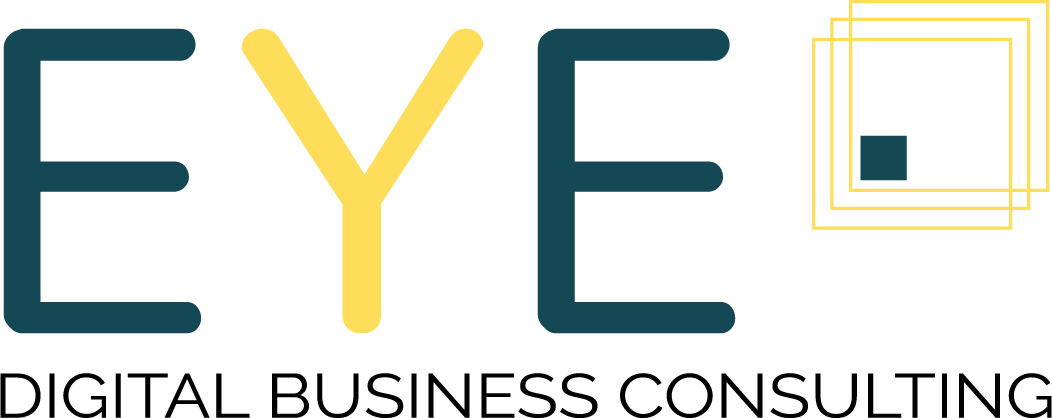The Digital Transformation of Human Resources (TDRH): people at the heart of change
Digital transformation is the process of integrating all the technologies and methodologies brought about by digital technology within an organisation. Applied to Human Resources it is called HRDT or Human Resources Digital Transformation. Here is a brief overview.
___________
It is essential to note that, be it Human Resources or any other area within an organisation, digital transformation is, by definition, an all-encompassing process that is relevant for all its components, as well as all the actors who are part of it.
The HRDT focuses less on the technology than on the people involved in the profound changes it implies. The emphasis is on the elements on which corporate culture is based. The essential characteristic of HRDT is that, more than any other aspect of digital transformation, it allows us to question and restore the human element to its rightful place within the organisation.
A global and progressive process
The advent of digital technology has profoundly changed people's relationship with work. The Internet revolution and the evolution of Information and Communication Technologies (ICT) have generated changes impacting both private and professional life. This has led to the emergence of new forms of work such as remote working, teleworking and digital nomadism, all of which have been encouraged by the health crisis. Major issues, such as quality of life at work have also become key issues at stake.
This is why Human Resources, or rather organisations in the broadest sense, must reinvent themselves to ensure that they meet the new needs and expectations of their customers, including all potential candidates and partners, which they will have to anticipate in the future.
Digital to serve the strategy
Digital technology allows the culture of the organisation and the employer brand to go beyond the physical offices. More than ever, the challenge is to make the most of what already exists, attract new candidates and retain current employees. As you can see, the candidate/employee experience is essential to this process.
The HRDT is the perfect pretext for reviewing (or establishing) but above all embodying a vision, supported by the implementation of a more or less long-term strategy, in the context of which the Human Resources Department will have to play a key role, from the outset of the project, to ensure that it is optimal and coherent.
Moreover, it involves profound cultural, managerial and organisational changes. It also calls for new, more horizontal ways of working, geared more towards the group than the individual. Working methods are based on collaboration and collective intelligence, which mobilise the "soft skills" that are in great demand today, such as team spirit, communication, autonomy and flexibility. The impact of HRDT on the company and its employees should therefore not be overlooked.
In this context, supporting employees in the change process is a key step that will determine the success of your company's project. It is necessary to guide them throughout the process in which they will be involved, while facilitating the adoption of new methods and tools.
One of the best practices is training a small group of employees (generally the most enthusiastic and/or those with a more or less advanced level), known as "champions", so that they become relays in the field, or even ambassadors for the project, with a view to encouraging the acculturation process.
On the way to optimising processes and skills
The key to any digital transformation is to identify processes that can be simplified, dematerialised and then automated, in order to create value for candidates/employees and the organisation.
In the context of Human Resources, all areas are concerned, from internal communication (corporate social networks), training (e-learning) to recruitment (sourcing of candidates). Of course, as previously indicated, these changes must be considered in the light of a genuine corporate strategy, which must reflect the evolution of corporate culture and of the relationship between employees and management.
In an age of information overload and immediateness, internal communication is a major challenge. It is undoubtedly becoming increasingly difficult to maintain meaningful social links due to the physical distance. The role of the HRDT is to provide concrete and adequate solutions to continue to unify employees and maintain the level of information within the organisation, including outside its walls, while ensuring its accessibility and relevance. In this context, it is important to raise the issue of the General Data Protection Regulation (GDPR), which questions the care given to the processing of information as well as the security of data (particularly those of a sensitive nature).
Your employees’ potential is a capital you must rely on. People are at the heart of any organisation and should therefore be your main concern when initiating your HRDT. This process, which can have an impact on jobs and, more generally, on career management, calls for a roadmap to be drawn up to facilitate the development of each person's skills and to outline the company's future.
As you probably noted, mastering digital tools alone cannot guarantee the success of a digital transformation project. The process is more of an action plan, of which people are the end and digital is the means. At EYE Consulting, we believe people are the first driver of any change: within the company, they are the ones who bring your business model to life, execute your business processes, design and distribute your products and services, and manage customer relations. This is why our support package offer is specifically designed to improve your teams’ skills, in order to equip them with effective methods and efficient tools to successfully carry out your organisation’s transformation.
